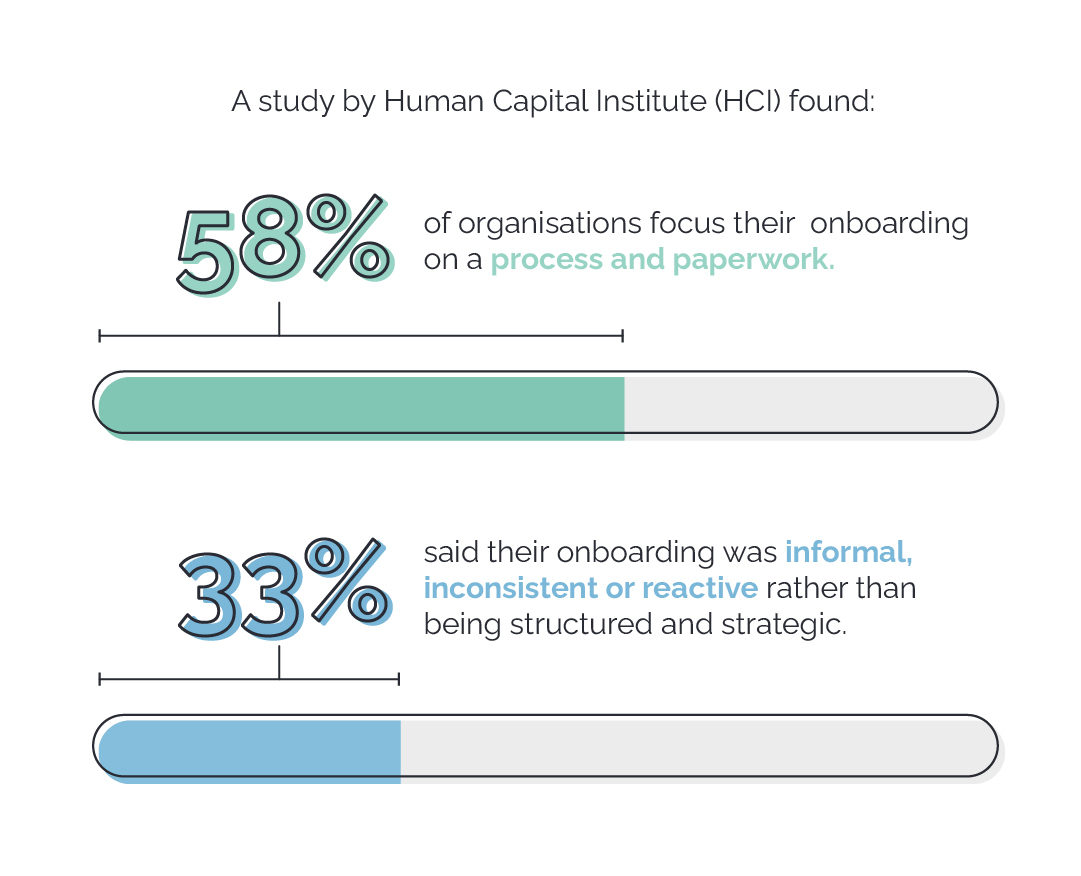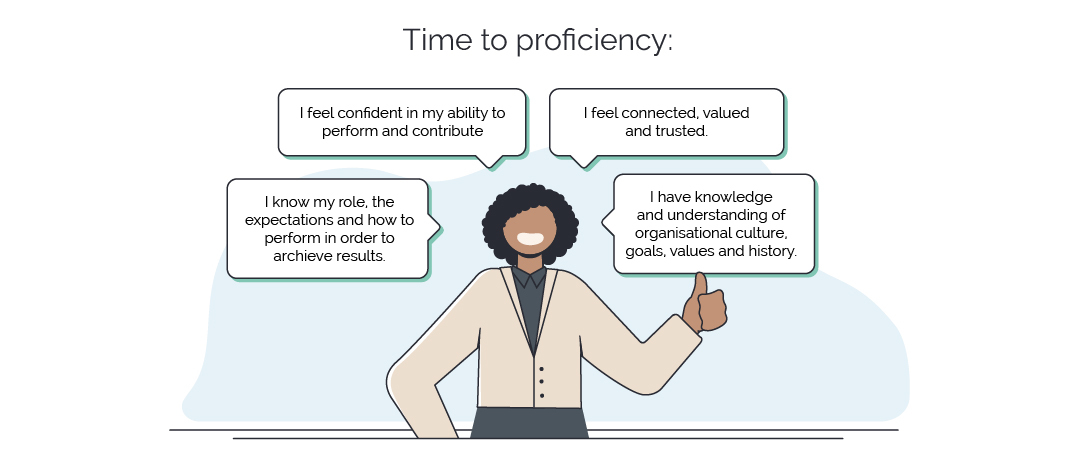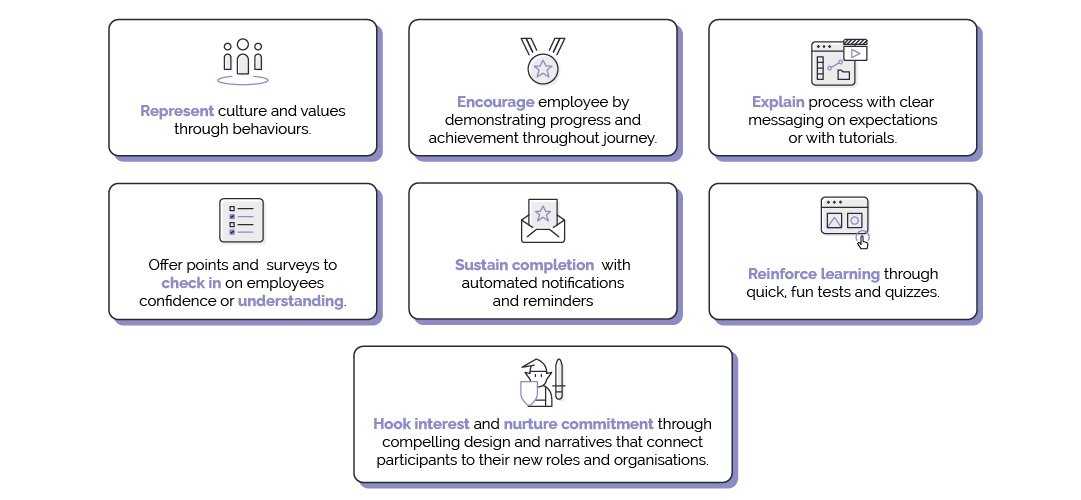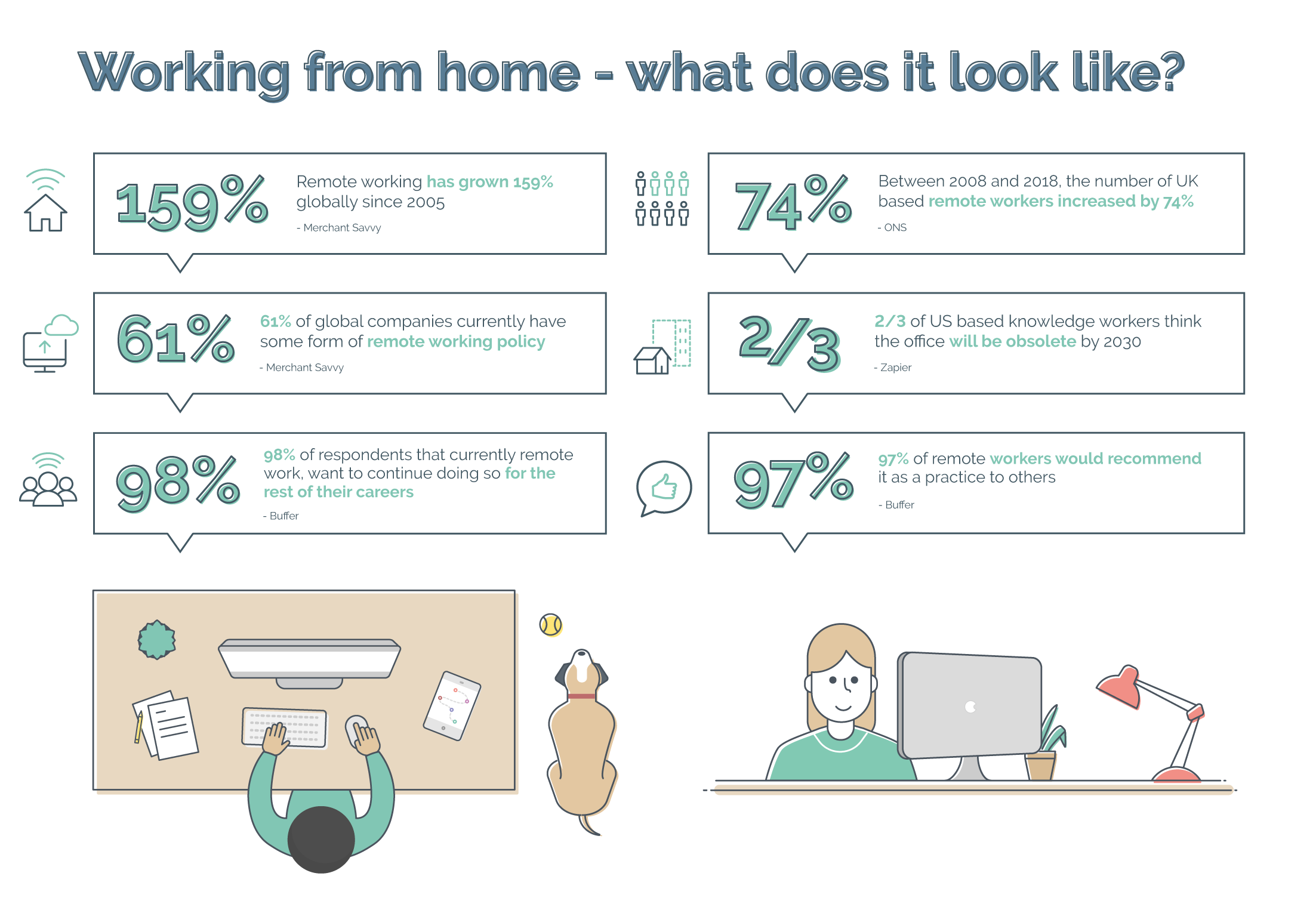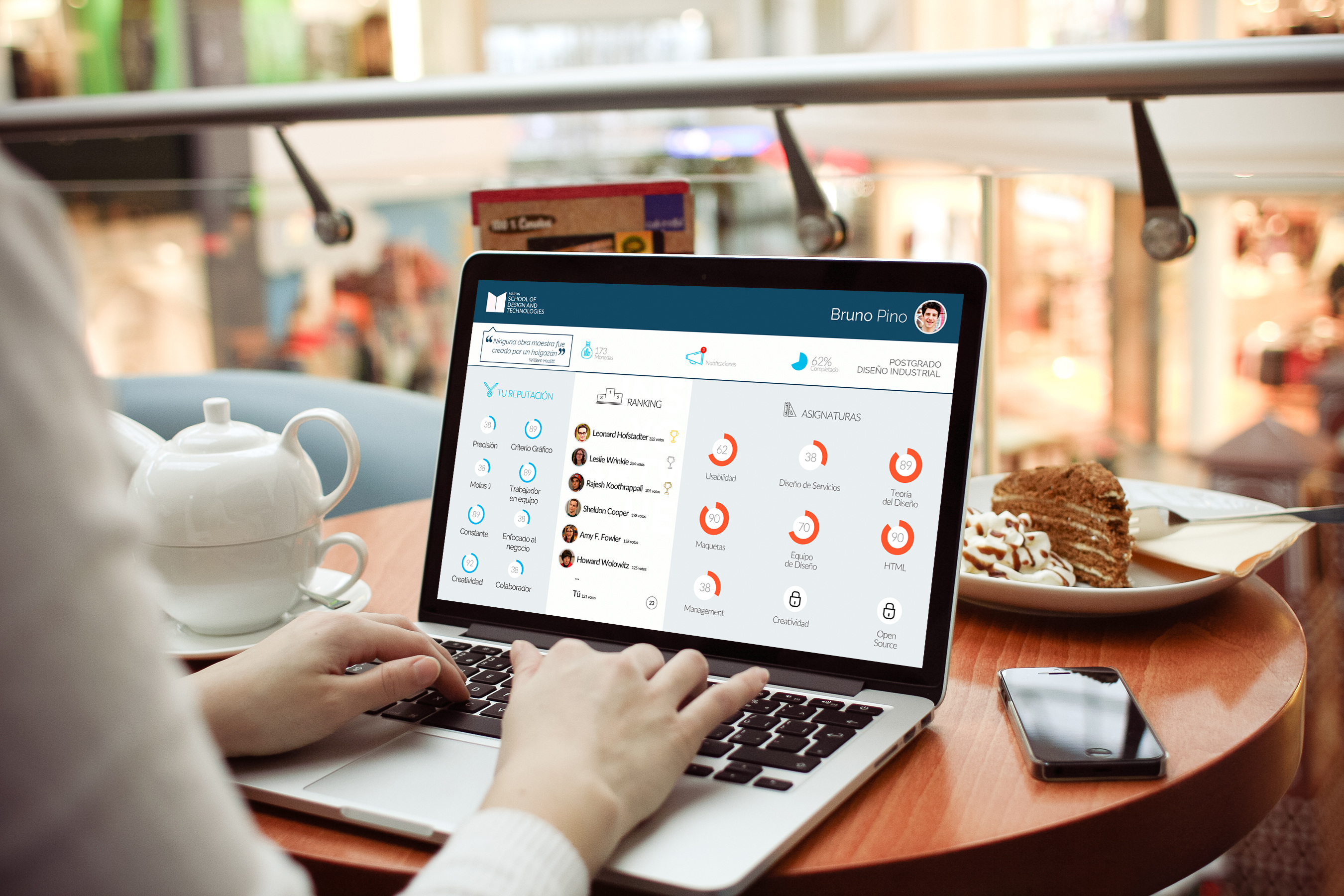The onboarding of new employees continues to be a topical and important subject for organisations, particularly in the current job market where the number of vacancies far outweighs the number of available candidates and where remote working is becoming more common practice. Hiring is a timely and expensive activity. So it is paramount not to throw away all that time, effort and cost with an onboarding experience that leaves the person uninspired and possibly even regretting the decision to join in the first place. Creating that sense of belonging and connection with colleagues is much harder to achieve when there is much less, or no, in person interaction. Getting people to bring their best selves to work in a state of mind that unleashes their self-expression and enthusiasm for further exploration and learning is the desired outcome of an effective onboarding programme.
When to start
Through the attraction and recruitment phase of the employee journey, expectations are being set and clarified and the potential employee is starting to build a picture of the organisation’s culture and values and what it might be like to work there. They are continually questioning and assessing whether it will be a good fit for them and whether it is somewhere they believe they will be able to prosper, develop their skills and career whilst making a valued contribution to the development of the business. The momentum that is being built through these stages must continue up until the moment they join and during those vital early stages after. They need to start their new role with the confidence that they have made the correct decision, ready to embrace the new challenge, fit in with their colleagues and contribute from as early as possible. They are also often, simply asking themselves: “will I be happy there?”
There is a debate as to when onboarding should commence, ranging from the moment a candidate accepts the job offer, through to the day the person starts. Many organisations believe the optimum time to start is the latter, but more are realising the benefits of starting the onboarding experience much earlier; from the moment the candidate signs the offer of employment and returns the contract. One of the arguments for starting the formal onboarding at the time of signing the contract for instance is that this is the moment that garners the most enthusiasm and excitement from the employee, and we should not forget the importance of emotion in decision making. Particularly, when there is the opportunity to respond to, reinforce and encourage those emotions: “Yes, I will be happy here. Yes, I made the right choice”
The importance of getting onboarding right
Research by Glassdoor has shown that great employee onboarding can increase retention by as much as 82% and productivity by over 70%. Yet, a Gallup survey found that only 12% of employees strongly agreed that their organisation did a great job with onboarding. These figures alone show that there is scope for organisations to do better. It is important for companies to critically assess their onboarding, check their processes and regularly ask for feedback from new starters. Evaluating what works and what doesn’t is key to success, and the results may surprise you.
Historically, onboarding has been focused on the process and not the human and emotional connection. Employees expect IT equipment and email access to be ready for when they arrive, they expect a pile of forms to fill in and get back to HR, they expect overview PowerPoints and maybe the odd corporate video. Employees who can easily understand, absorb and connect with essential company information in those first few days are obviously more likely to become productive faster, meaning they’ll feel better about their own position and knowledge in their new role. However, even if the content of your onboarding is the best, if it is executed poorly or leaves the employee feeling overwhelmed or overloaded with information, then they’re not likely to be inspired and could be disengaged from the get-go.
Onboarding needs to be so much more than just a process. What we need to be creating is an emotional experience for the person – one that helps them really connect with the organisation, excites them, makes them proud to be part of it, feel valued and energised to bring out the best of their qualities, sets them up for the road ahead, and encourages them to want to tell others how great it is. In other words, it is all about invigorating them. It is this emotional connection that will stimulate their motivation, commitment, and participation, driving their future engagement and performance.
The balance of effective Onboarding
Baek and Bramwell of Cornell University conducted research into how you measure the effectiveness of Onboarding (Onboarding Effectiveness). They concluded that one of the best measures of an effective onboarding experience was ‘Time to Proficiency’. They defined this as the time it took a new hire to reach full productivity within the context of their role. For this to happen, a new employee needs to have a structured onboarding experience, with specifically defined outcomes, and an experience that is engaging to them. At the end of their onboarding, employees need to have achieved four clear objectives for the best chance of ongoing success (Baur); Role Clarity; Self-efficacy; Social integration; Knowledge of organisational culture.
A fundamental part of ‘Time to Proficiency’ is the context of your job (understanding company culture, your customers, products and services and colleague relationships). These set the tone for the content of your job (meaningful work, task suited to skills, teamwork, communications) which are the cognitive experiences that will shape your beliefs, perceptions and attitudes. If the reality of these experiences on content does not live up to the expectation set around the context you start to get cognitive dissonance which hinders building that vital emotional and human connection.
A vital sense of belonging
Creating an effective onboarding experience that has real impact, is consistent, valuable and enjoyable may seem like an impossible feat, especially with the added complication of needing to deliver it in a way that is accessible for a range of working practices, functions, or settings.
We have all witnessed how technology has helped people during the pandemic, as workers were asked to work from home, technology enabled teams to stay connected. Without tools like Microsoft Teams and Zoom, working effectively would have been incredibly difficult, if not impossible. Technology can also certainly be used to play a significant part in onboarding to drive that quality of experience that is so important regardless of where employees are based. In a world where personalisation and differentiation are not only sought after but now expected by individuals, there is the opportunity to create something as a true reflection of your culture and values, making an impact on new employees or candidates and leaving them feeling they really made the right decision compared to your competition.
Combining accessibility and ease of use, and really understanding the user’s motivations needs and expectations, creates an experience that is built to evoke a memorable and valuable emotion in the individual. It can help start to build those essential personal relationships and connections with colleagues regardless of where they are based through encouraging teamwork, collaboration and sharing experiences thus creating a greater sense of belonging. So, by stimulating their emotions during the onboarding process you reduce the risk of them quitting early or not even starting at all, getting them to be productive and contribute more quickly, helping them to settle in and feel as an integral part of the organisation, becoming your best ambassador.
Do you want to find out how to deliver an effective onboarding experience? Find out how our solutions can help you here. Take a look at an Onboarding Solution in action with Zebra Technologies: MOTIVAIT | Partnership in Action – Zebra Technologies.


